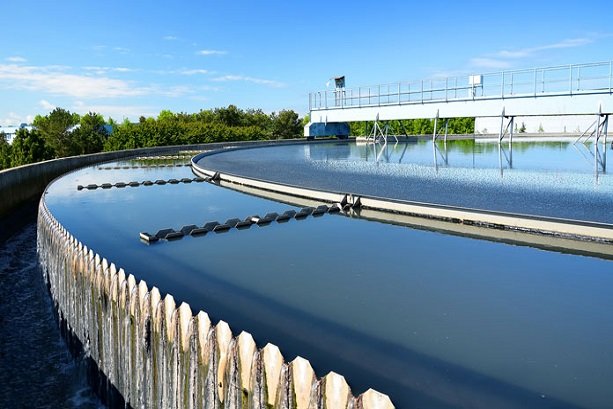ID :
396186
Sat, 02/06/2016 - 11:36
Auther :
Shortlink :
https://oananews.org//node/396186
The shortlink copeid
Photocatalyst produced for better waste water treatment

TEHRAN, Feb. 06 (MNA) – Iranian researchers designed a photocatalyst with high efficiency and rate to eliminate organic pollutants at laboratorial scale to obtain an optimum water and wastewater purification system, INIC reports.
According to Iran Nanotechnology Initiaitve Council (INIC) Iranian researchers from Semnan University designed a photocatalyst with high efficiency and rate to eliminate organic pollutants at laboratorial scale to obtain an optimum water and wastewater purification system.
The nanocatalyst has a long life, and it can be used in successive cycles. The use of sustainable energy in the purification system is another advantage of the research.
A nanophotocatalyst was synthesized and presented in this research, which is able to perfectly purify waters contaminated by organic pollutants such as textile synthetic dyes and pharmaceutical compounds. The important advantage of the research is the application of solar photovoltaic cells (solar panels) as sustainable source of energy.
Based on the results, the system can be used in the purification of industrial water and wastewater, elimination of oil industry pollutants, disinfection, pharmaceutical purification and refinery, and other scientific and technical fields after production at industrial scale.
The designed nanophotocatalyst is made of titanium dioxide (TiO2) nanoparticles in the presence of zeolite particles stabilized on a bed of low density polyethylene (LDPE). In this research, a photocatalyst has been produced with high porosity, strength and reactivity, and its rate and efficiency in the elimination of pollutants have significantly increased.
The present system eliminates the dependency on electrical energy because it uses sunlight to generate the required energy. It can also be used in areas with limited sources of energy.
Results of the research have been published in Applied Catalysis B: Environmental, vol. 183, 2016, pp. 407-416.





